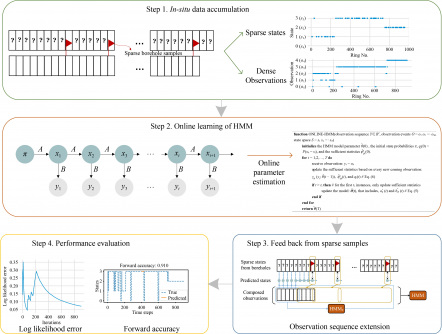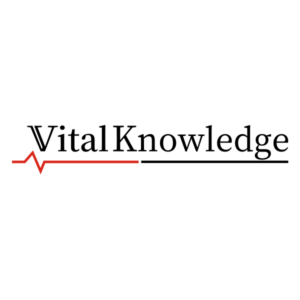
Researchers from Huazhong University of Science and Technology and Nanyang Technological University have developed a novel approach to enhance geological risk prediction during tunnel excavations. Their study, titled “Geological Risk Prediction Under Uncertainty in Tunnel Excavation Using Online Learning and Hidden Markov Model,” proposes a new model that addresses the limitations of traditional predictive methods in the field.
Accurate geological risk assessments are crucial in tunnel construction to prevent geohazards such as collapses, water inrushes, and landslides. These incidents can lead to significant project delays, increased costs, and even serious safety hazards, including casualties. Traditional techniques for gathering geological data, such as borehole logging, reach great depths—up to 12 kilometers—but are often hindered by sparse sampling rates and limited detection resolution.
Challenges of Existing Methods
Non-invasive methods like seismic and electromagnetic techniques provide high spatial resolution by utilizing the geophysical properties of the ground. However, these techniques frequently suffer from measurement errors and signal processing flaws, which impact their accuracy. Additionally, conventional machine learning models, including long short-term memory (LSTM) networks, neural networks (NN), and support vector machines (SVM), typically depend on large amounts of pre-existing data, which is challenging to obtain in the dynamic environment of tunnel construction.
The researchers recognized that tunnel projects generate data incrementally over time. This ongoing data collection creates challenges for traditional models that cannot effectively adapt to new information as it becomes available. To address these issues, the team introduced the online hidden Markov model (OHMM), which integrates online learning with the hidden Markov model (HMM) to provide a more responsive geological risk estimation.
Innovative Approach and Results
The OHMM is designed to adaptively update its parameters with each new piece of data, allowing for real-time adjustments as excavation progresses. To enhance performance during the initial construction phases, the study also introduced an observation extension mechanism. This approach utilizes pre-construction borehole samples to extend shorter sequences of observed data, effectively lengthening the dataset needed to characterize geological risks accurately.
The effectiveness of OHMM was validated through a case study involving a tunnel excavation project in Singapore, which comprised 915 rings. When compared to traditional predictive methods, including standard HMM, LSTM networks, NN, and SVM, the OHMM demonstrated significantly improved accuracy in forecasting geological risks ahead of the tunnel boring machine (TBM).
For instance, when utilizing data from 300 observed rings, OHMM achieved a forward prediction accuracy of 0.968. Even with 600 observed rings, it maintained a commendable accuracy of 0.902. This performance notably surpassed that of other models, indicating its potential for practical application in the field.
Moreover, the OHMM exhibited stable prediction capabilities for up to 100 rings ahead. The researchers recommend a foresight distance of 30 rings to balance prediction accuracy and stability, thereby providing effective guidance during tunnel excavation.
The full text of the paper is available at https://doi.org/10.1007/s42524-024-0082-1.







